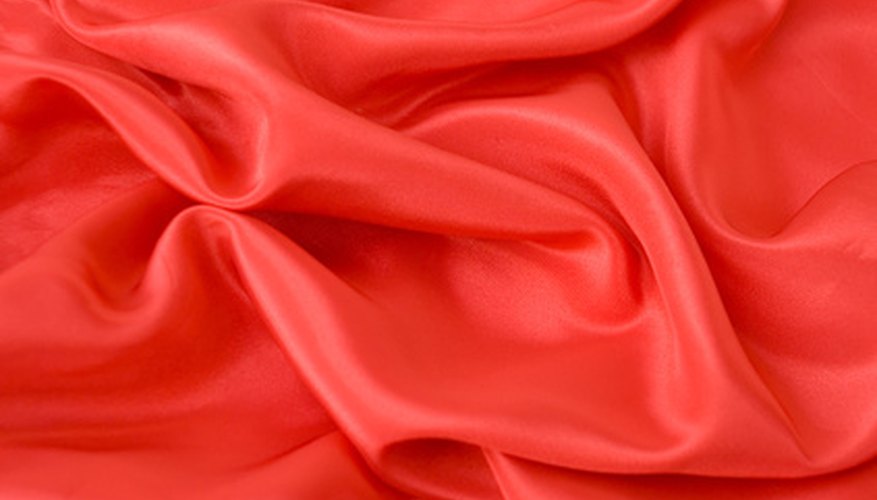Satin is a glossy fabric that was once made of silk exclusively. These days, it can be made from rayon, nylon, polyester and acetate. The composition of each type of satin determines its appearance, how it should be laundered and how it should be handled when it is stained. Check the label on the fabric for the manufacturer's recommendations. Some satin items require special care from a professional dry cleaner.
Wash the satin if it does not have to be dry cleaned. Hand-wash silk satin with mild soap and cold water. Use soap flakes or liquid detergent and warm water for crepe satin and satin containing acetate. Push the fabric up and down in the water to dissolve the water stain. Do not wring or twist the fabric. Rinse twice with warm water and then let it drip dry.
- Satin is a glossy fabric that was once made of silk exclusively.
- Wash the satin if it does not have to be dry cleaned.
Iron crepe and acetate satin fabrics when they are almost dry. Crepe satin requires more heat than acetate satin, and you must move the iron along the fabric with fast long strokes to avoid burn marks.
Check the fabric to ensure that the water stain has been removed. Consider taking it to a dry cleaner if the stain remains.
